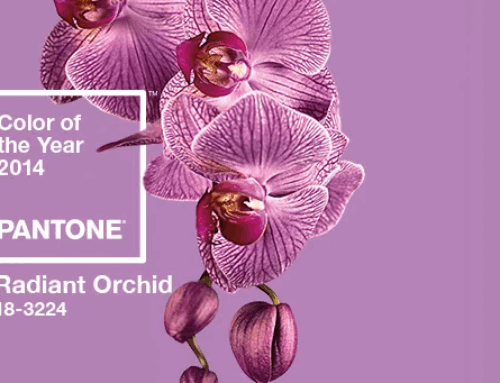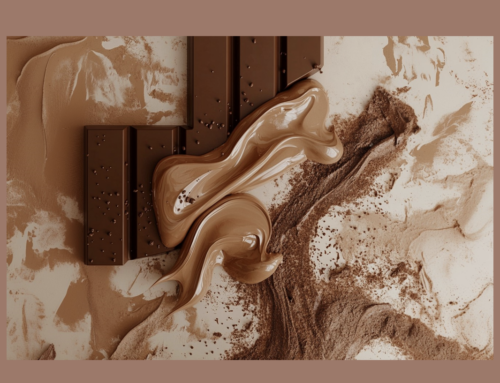July 15, 2013
For most people a green path leads inevitably to thoughts of nature. Mother nature painted more green on earth than any other color. It is the hue of foliage, grass, and growing plants; of graceful sheltering trees, dappled meadow and clinging vines; the shade of forest and jungle. It is the color of the country as opposed to the city; the romance of Robin Hood, wood urchins, elves, gnomes, and leprechauns; the pride of the Irish patriot and St. Patrick’s Day.
The sight of green is inexorably linked to the sense of smell-freshly mown lawn, pine needles, and wet leaves after a sudden summer shower, a splash of lime and a crushed sprig of mint. Because our sense are intertwined, scents and colors are inevitably tied, one sense suggesting a specific color to another. We can look at a bottle of perfume and sense how it will smell before we sniff it. We can’t help but associate a green fragrance with freshness and nature.
Most everyone knows how our endorphins kick in when we do something physical, like taking a walk in the woods filled with greenery. And there is much evidence to support the effect of green around us, including studies that tell us that being surrounded by green encourages us to breathe slowly and deeply, slowing the production of stress hormones. We certainly all need that in today’s fast-paced world.
The Japanese have been using a technique called “Shinrinyoku” or “forest bathing.” It’s not about taking a bath in the forest in the usual sense, but more about encouraging healthy lifestyles and reducing stress. Experts in that country also believe that forest bathing can improve the immune system. So it’s not just about eating your greens, but surrounding yourself with green—a worthy prescription for well-being.







Reblogged this on Bedding and Bath Towel Linen Information and commented:
We are seeing a lot of interiors using the color green for Bed and Bath linens. This color brings out a sense of calmness, just like a walk out in nature.